Sponsor, Brands, Specialists and Suppliers: The Companies that supported the Chapman /Lotus Road & Racing Programme
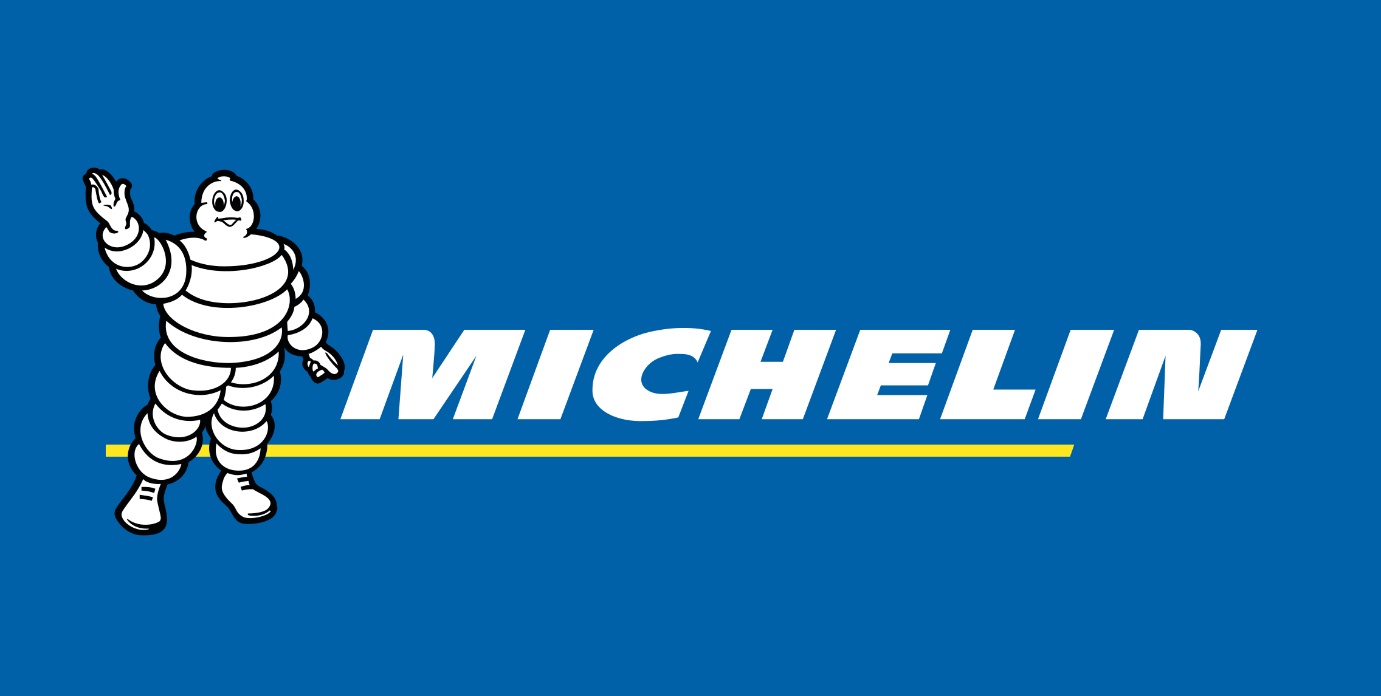
Michelin: Triple X rated
Introduction
Lotus cars sold
They were bought for their:-
- Performance –road or track
- Driving pleasure
- Reputation and image
- Aesthetics
- Symbolism
- Owner identification /personality extension etc.
All the above were integrated within a total framework design.
The above list is heavily dependent on a select group of components [either bought in proprietary or in house manufacture] that delivered the desired outcomes and met strict criteria.
Many of these components often contributed significantly to the overall aesthetic, many are extremely functional and beautiful in their own right .They formed part of a complementary whole.
In this series we examine:-
- significant Individual components from all the marque types
- Briefly explain their role /contribution /evaluation
- Analysis form and function with regard to their integration, where appropriate
- Provide suppliers/specialist advertising materials where appropriate
Understanding Lotus’s use of proprietary parts provides invaluable learning opportunities not just historical but right up to the present day. These lessons are not just applicable to automotive engineers/ designers but to the wider Industrial /Product Design professions.
The Skillful and creative adoption, absorption and integration of components was a powerful factor in the Chapman design methodology and contributed significantly to both competition and commercial success. It also feed his ability to mutate parts and materials to his desired ends.
The use of components is a fundamental skill of the Industrial Designer and the direct provision of added value.
The exact interpretation of sponsorship in conjunction with Lotus is difficult to establish objectively. The appearance of a sponsor’s logo on a car is not necessarily evidence of financial support. Access to historical archive and contracts is sought wherever possible but with the passage of time and for various reasons these are not always available or accessible to the public.
This series also embraces the specialist suppliers to Lotus. We are particularly interested in those suppliers and products that have a connectivity with aviation.
In constructing the historic sponsor series, the A&R looks only at the logos worn in period and assumes the company involved had no objection to Lotus promoting their products. The A&R sees much to be gained by the wider promotion of sponsors but in the event that a specific organization disapproves for any reason that article will be removed.
Sponsorship is an instrument of mutual benefit and promotion. Subscribers might like to see A&R articles on Sponsorship and Product Placement to understand the numerical / financial reach provided by sponsorship with its ability to identify and project status through identification.
The principle continues particularly with regard to education based exhibitions [see below for details]
Each of these articles is devoted to a company/ organization that is believed to have sponsored or supplied specialist items to Lotus.
The intention of each article is to: –
- Explain the sponsors own history and outline their products and services – past-present and future
- Explain the historical connection with Lotus and the contribution made both in competition and the production cars
- To suggest how these two interlocking facets may be translated into exciting, interpretive, educational and commercial exhibitions
Subscribers might to see complementary and structured pieces to this article: –
- Primary sponsors like Gold Leaf / John Player Specials
- Product Placement
- Separate dedicated series on engines and gearbox
- Logo on Lotus
- Tyres and wheels in this series including Avon, Dunlop.Firestone and Goodyear
- Ford Specials and the 1172 formula and related price relatively
- Citroen 2CV
Michelin Company Profile /Abbreviated summary
‘Michelin is a French tyre manufacturer based in Clermont-Ferrand, France. It is the second largest tyre manufacturer in the world after Bridgestone. Founded in 1889, Michelin’s mission is to contribute in the mobility of goods and people and to the development of society. Michelin owns the BFGoodrich, Kleber, Tigar, Riken, Kormoran and Uniroyal (in North America) tyre brands.
Michelin is committed to conducting all business in a responsible manner including delivering efficient solutions to meet the expectations and aspirations of customers and shareholders. This also means respecting the natural environment while achieving economical operations at the same time.
Every decision and action Michelin undertakes is based on the following five fundamental values:
- Respect for Customers
- Respect for People
- Respect for Shareholders
- Respect for the Environment
- Respect for Facts”
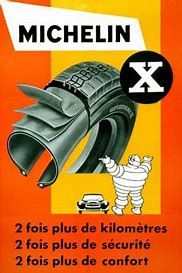
Figure 1: Image from the net.Cross reference with photograph below
Good sources relating to this subject are: Staniforth, Race and Rally Car Source Book and Campbell Automobile Suspension.
In the Chapman/Lotus era the Company was identified with X brand tyres from the early years.
Paraphrasing Campbell, Michelin introduced the X series Radial in 1948…..they were aware that the contact patch (or footprint) suffers distortion and a scrubbing action under cornering forces and to a lesser extent under acceleration and braking…
In the new X tyres Michelin changed the method of tyre construction to reduce the amount of distortion in the footprint zone and immediately doubled the life of the car tyres using identical compounds.
Michelin stiffened the zone behind the tread by bands of steel mesh. They also increased the flexibility of the sidewalls by increasing the cord bias angle to 90 degrees , hence the name “Radial “ ,since the textile cords passed radially from inner to outer bead edge ….
A characteristics of the original X tyre was superior cornering power that had a tendency to fall rapidly as the limiting cornering speed was reached. With more modern Radial tyres breakaway is more gradual and well within the control of the average driver …
With normal road speed and moderate cornering modern Radial tyres give mileage of 40-50000 miles “
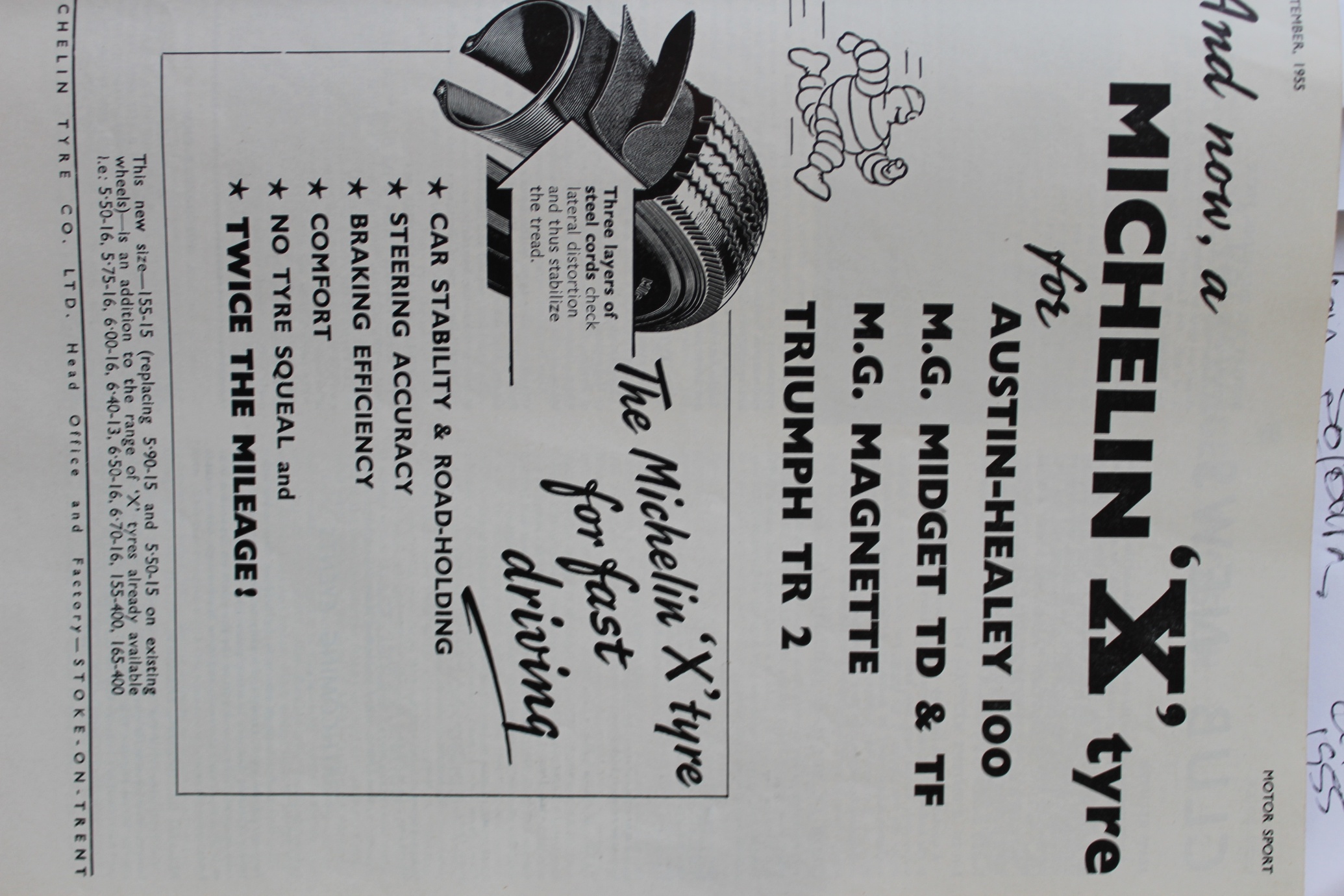
Figure 2: Image from Motor Sport, Vol. 31. 1955“
Wake in Ford Specials Builders Manual wrote:
“Replacement new Ford 17 inch wheels are available for about £1 .Alternatively special light weight wheels weighing 12 lb. each are available from Ballamy and these retail for about £2 each. These latter wheels are only 15 inch diameter ….
If new tyres are to be bought without doubt one of the best that can be used is the Michelin Its road holding and wear properties are considerably better than its rivals under nearly all circumstances and these tyres cost with tube in the popular size of 5.30 x 15 about £5 each. Other tyres such as Dunlop and Firestone can of course also be used with a fair degrees of success “
For comparative analysis a fitter and turner in 1956 was earning 160-6 per week and a teacher £1275 per annum.
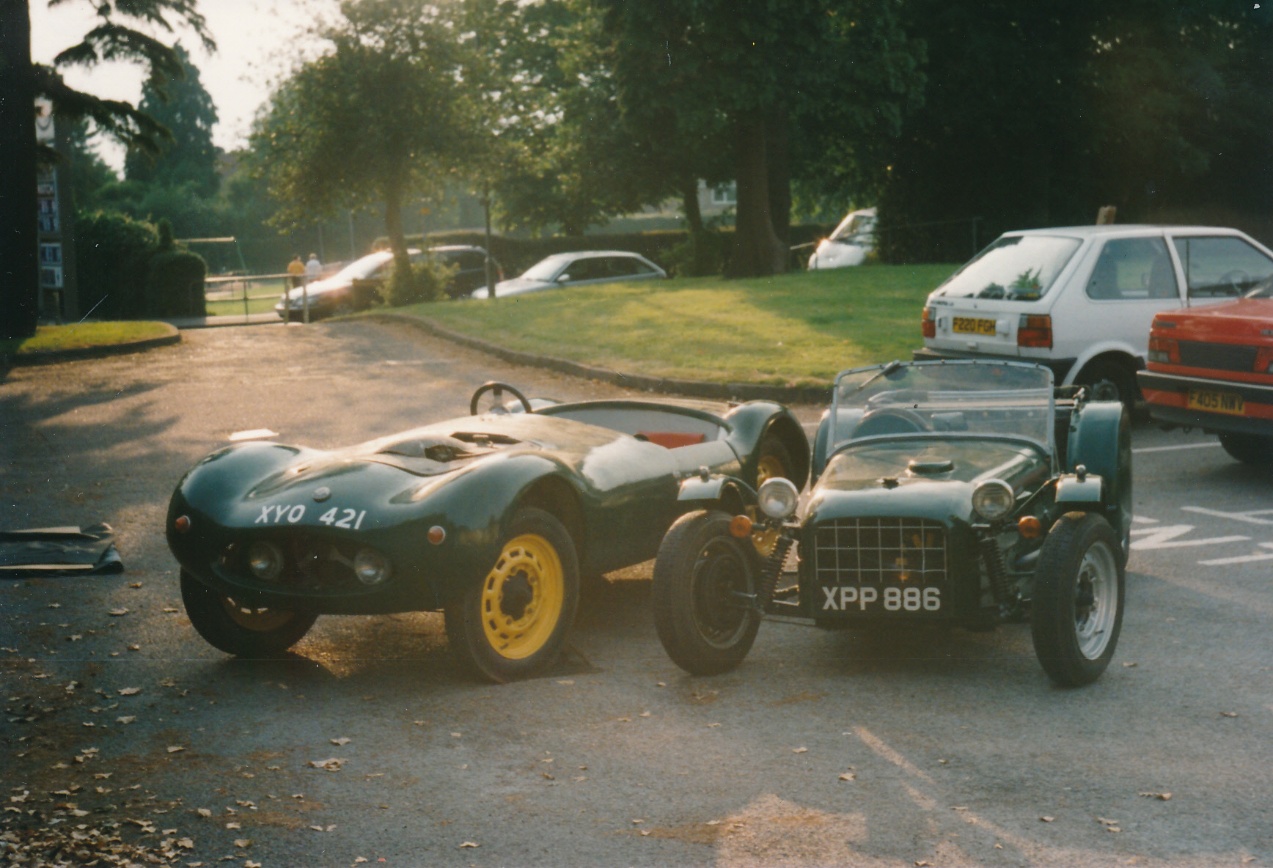
Figure 3: Two Ford Specials, Ford 17 inch (yellow) and Ballamy 15 inch with Michelin X (silver)
Lotus Connections
We believe that many Lotus Mk.Mk VI were fitted with Michelin X tyres and later the Lotus types 81/87/88 were fitted.
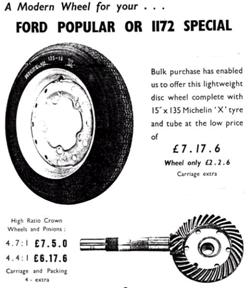
Figure 4: Ballamy wheel advertisement including Michelin X tyre 135×15 inch (see photograph below)
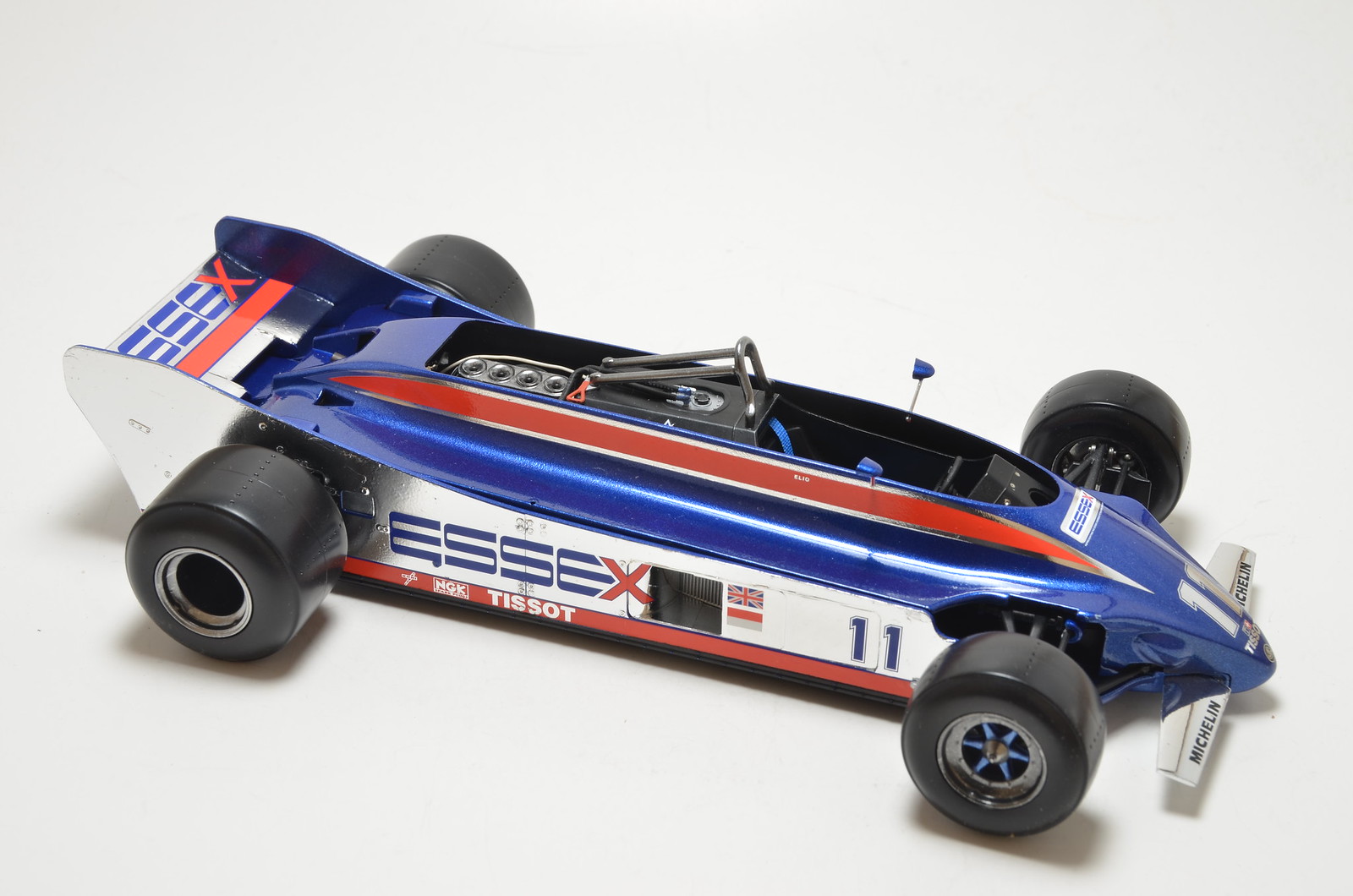
Figure 5: Lotus 86 scale model on Michelin Tyres?
| Model | Type 86 [F1] |
| Year | 1980 |
| Volume | 1 |
| Engine | Ford Cosworth DFV |
| C.C. | 2293 cc |
| Carburation | Lucas fuel injection |
| Power Output | 500 bhp |
| Transmission | Lotus Hewland |
| Chassis | Carbonf’/Kelvar composite side panels 3 steel cross members |
| Secondary | Aluminium monocoque |
| Body | Carbonf’ one piece body top & underbody with Nomex stiffening |
| Front Suspension | Fabricated steel rocker arm, wide based lower wishbone, c.s/d, a.rb. |
| Rear Suspension | Fabricated steel rocker arm, wide based lower wishbone, c.s/d, a.rb. |
| Brakes F/R | Outboard ventilated 11 X 1 inch discs , with twin calipers |
| Wheels F/R | 13 X 11 inch / 13X 16 inch |
| Tyres F/R | 10.00 X 13 /15.00 X 13 |
| Length | 167 inch |
| Width | 82 inch |
| Height | 39.5 inch |
| Wheelbase | 105.5 inches |
| Track F/R | 68/64 inches |
| Weight | 1287 lbs |
Period Address for economic geography exercise
Michelin Tyre PCL.
Campbell Road
Stoke-on-Trent
Staffordshire
ST4 LEY
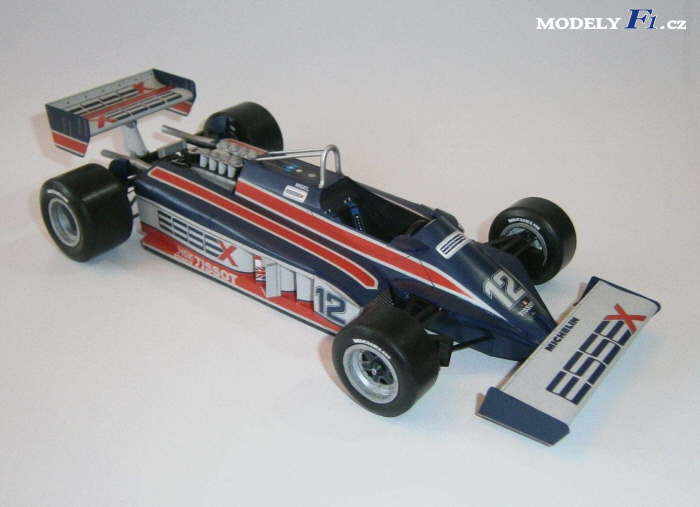
Figure 6.Scale model of Lotus 87 image from the net
Learning Opportunities
Our learning /educational opportunities are intended to be challenging thought provoking and requiring additional research and/or analysis.
These opportunities are particularly designed for a museum/education centre location where visitors would be able to enjoy access to all the structured resources available in conjunction with any concurrent exhibition.
Understanding the potential of componentry particularly proprietary items provides some of the following learning opportunities; in this instance we suggest the following might be appropriate:-
Specific to Michelin
- Study the Citroen 2CV in detail and comprehend the totality of its design and the integration of Michelin Tyres
- Extended research to incorporate the commercial links between Michelin and Citroen in the post war era, what is the extent of a symbiotic relationship?
- Comprehend the physics and mechanics of tyre and wheel design and relate to F1 and its significance today
- Suggest why Michelin only stayed in F1 briefly and what controversy has the brand been in?
- Consider the specification of the Lotus models above, were Michelin Tyres the most suitable?
- Compare and contrast Michelin X tyres with Dunlop SP Sport of the same era
- Study our articles on Ford Specials, Lotus Mk VI and the 1172 Formula to comprehend the relative price of Michelin Tyres in period and their overall suitability especially to the Lotus Mk VI
- Where does the Bibendum man fit in marketing folklore, branding identification? And what items does Michelin offer as merchandise?
- What is the size and value of the industry
- How has it changed? And what is its future 2020 onwards?
- Discuss the relationship with a multi-national mass-production brand/manufacturer and its links, how and why did it come into existence?
General
- Use a technical dictionary where needed to define components and roles
- Was there a viable alternative to the part under consideration?
- Is what might it have been /cost?
- Examine the suppliers/specialist advertising what does it convey? And what is its iconography?
- Integrate this item with our series on the economic geography of motor sports locations and manufacturing bases
- Has the component had exposure at any motor shows?
- Does the company continue to supply classic/heritage parts?
- What changes in technology and materials have impacted on Lotus through its history?
- How does component design impact on form and function
- Does the supplier/specialist have aviation links? If so what?
- What is the importance of ergonomics and how does it influence modern automobile design?
- Does excessive safety/ and or ergonomics impact negatively on aesthetics
- What is the impact of standardization of platforms through mark ranges and indeed shared with other manufacturers? Could uniformity ultimately impact on sales even if economies of scale improved?
- Enumerate Lotus bought in components
- How has mass production and proprietary parts assisted the specialist car market?
- Produce an engineering drawing of a selected component and consider the specification of the materials and assembly process, costs and volume
- Explore an enumerate supplier/specialists components used in other Industrial Design fields
- How did the supplier/specialist extract value from their sponsorship/support?
- Explore Graces Guide for further background detail
- Study the economic geography of the British auto industry what factors determined locations?
- What have been the causes of change and circumstance that have impacted on British motor industry?
- What has been the role of F1 /motor sport valley based around Bicester?
- What is the importance of outsourcing to the motor industry?
- Study a British car specialist like Morgan, TVR, Ginetta or Lotus where do they source parts? What are the advantages?
Exhibitions, Education, Economics and Entertainment
In the museum context the editors believe that commercial considerations are both necessary and complementary with its educational objectives.
For these reasons our suggested outline Business Plan includes provision for promoting products and services which share Chapman’s ideals of mechanical efficiency and sustainability. In addition we propose merchandising that explain and interprets the social and cultural context of Chapman’s designs in period. It’s suggested there will be catalogue for on line purchasing.
In this instance we suggest the following exhibition titles might be appropriate:-
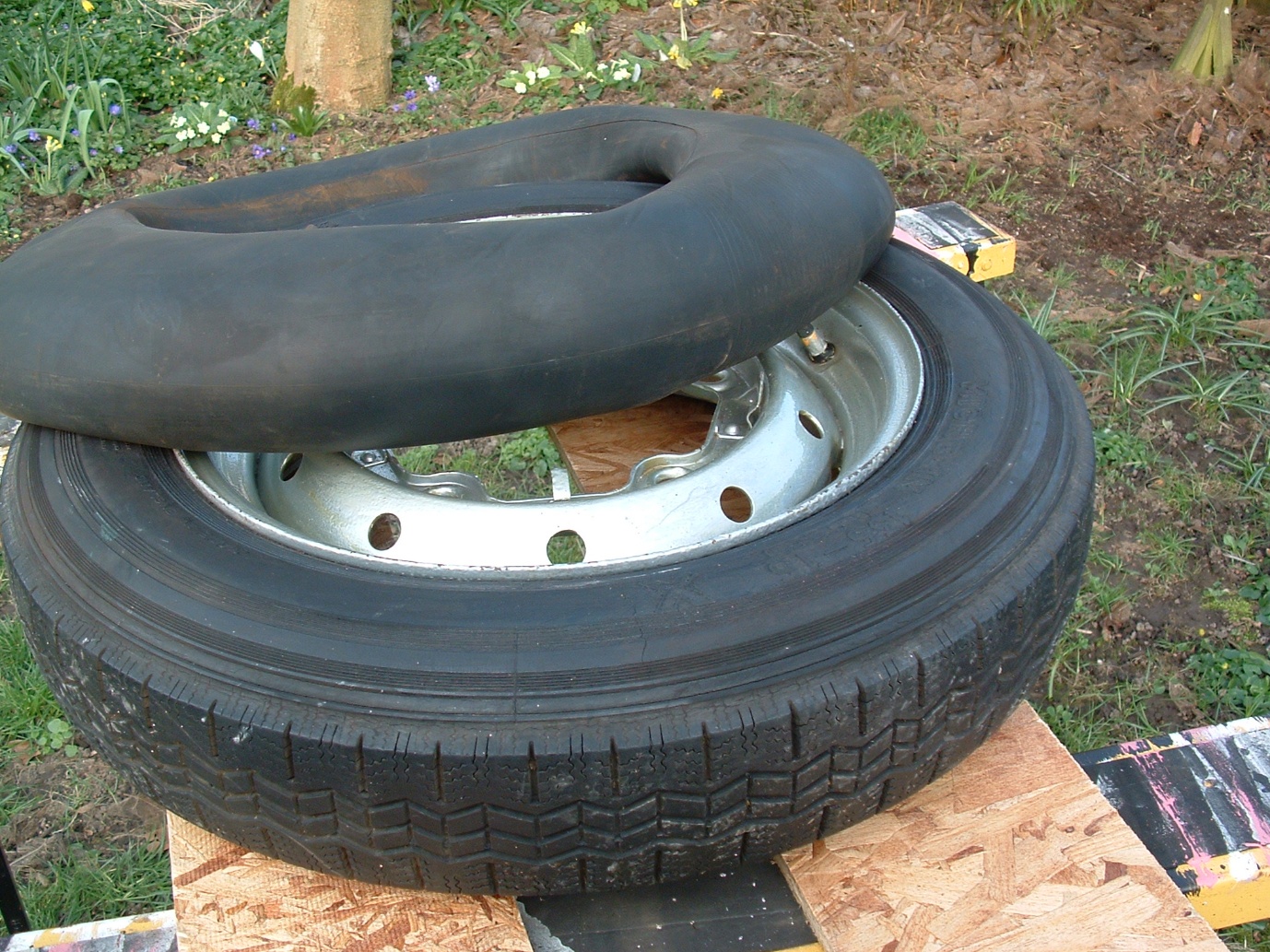
Figure 7Editors photograph, Ballamy 15 inch wheel with Michelin X tyre 135×15.Note also inner tube
Specific:-
| Michelin | Tall Tyres and tall stories |
| Michelin | X marks the spot |
| Michelin | the French Rolling Resistance |
| Michelin | Tall Tyres the height of performance |
| Michelin | Triple X rated |
| Michelin | Forensic examination of footprints |
| Michelin | Radical Radial |
| Michelin | Rubber Soul |
| Michelin | Tyres, Tracks and Traction |
General:-
- Lotus Parts: Past ,Present Future
- Lotus Parts: The Winning Factor
- The Principle Part
- Act the Part
- Assign the Part
- Lotus Components
- Lotus Components :Parts and Parcel
- Lotus Sponsors, Specialist and Suppliers:Form,Function and Forte
- Lotus Components:Parts and Partiality
- Lotus Aesthetics : With little to spare
- Lotus Cars: Spare and Slender
- Product launch with title of dedicated specific relevance
Conclusion: “The whole is greater………”
There can be little doubt about the significant contribution made by Michelin Tyres in the period of the Lotus Mk VI.This dual use sports car was extremely successful.
About one hundred were built.
They both established Chapman/Lotus competitively and commercially.
The Ballamy wheel often fitted was a cost effective option between the ultra magnesium and retaining the donor 17 inch Ford.
As we have recorded the preferred tyre for this wheel was Michelin X. Possibly many being bought complete and fitted.Our price relatively indicates the affordability ratio.
The Michelin X tyre would have been made in volume at this time being standard on many mass production cars not least the remarkable Citroen 2CV. (see appendix below). This fact probably contributing to availability and affordability.
Many of the Lotus Mk VI raced and were likely to have been fitted with Michelin Tyres.They proved adequate
Components were material to reliability and competitiveness.
When Michelin Tyres were fitted to Lotus in the early 1980’s the cars weren’t competitive and unfortunately got caught up in this twin Chassis controversy, we can’t say what their performance might have been otherwise.
The Citroen 2CV is a remarkable car, one that was both scientifically researched and executed without designers ego and drew from aviation technology.The totality of the package depended on the Michelin Tyres.
Michelin and Citroen were interlinked and the symbiotic relationship was deeply commercial and perhaps beneficial to the motoring public and Citroen owners.The overlays might be seen in the context of French Government economic policy of the era.
Tyres play an important role in sustainability regarding raw materials, manufacturing, and petrol savings through life cycle and recycling.
The Michelin Man of Bibendum is one of the greatest manufacturing logos cum mascots and is worthy of detailed study in its own right.The Archive and Resource has many items of this merchandise.
Michelin remains a major international manufacturer of tyres and they are responsible with a sustainability focus. Their objectives declares:
“At Michelin tyres your safety is always a priority. With this in mind, the Michelin Energy Saver tyres give you a braking distance of up to 3 meters shorter than normal tyres on wet roads – using unique silica based rubber tread to improves wet braking not only on new tyres, but also when tyres are worn.
Michelin Energy Saver tyres can help you save pounds on your fuel bill by reducing running costs. A Green X marking on the side wall of a Michelin tyre indicates Michelin’s pledge to reduce fuel consumption by delivering enhanced energy efficiency. The Green X is proof of fuel efficiency that is the best in the market.
Michelin Energy Saver tyres work to reduce fuel consumption by adding a form of silica to the rubber tread which meant that they were lighter with less material distort. This means that they produce less heat and less heat equals less fuel, and so, on average Michelin Energy Saver Tyres save up to 80 litres of fuel over their lifetime.
Designed for city cars, family cars and MPV’s.
Tyre Benefits:
- Less fuel used
- Outstanding longevity”
Chapman’s design and manufacturing methodology rather confirms the adage that “the whole can be greater than the sum of the parts”.
It’s an interesting an important study to consider deployment of components. It contributes to aesthetics, assembly economics and sales [attractive components/ known accepted performance and servicing ability etc.]
It is equally and mutually relevant and beneficial to the component manufacturer.
Chapman and his colleagues often took the best / most appropriate mass produced item and almost reinvented it in its service to design objectives. In this manner many components acquired a new status and indeed their aesthetic was enhanced surrounded by the Chapman conceptual whole.
It’s also extremely significant how many of these components were also used in Lotus competition cars. This created a powerful dynamic and interrelationship. Many components:-
- Performed well in competition gaining beneficial publicity and sales
- Both the component and racing reputation carried through to road cars and assisted sales
- The component manufacturer gained disproportionate publicity and assisted products sell in other applications
- All together a beneficial spiral was commenced. Publicity of the era often opted to highlight the Lotus dimension in publicity material. In fact there was a powerful synergy.
The relationship between Lotus and is sponsor specialist suppliers is significant and worthy of close study and has lessons for Engineering, Industrial Design and Manufacturing disciplines.
Along the way it’s possible too to study the wider British motor component industry and how it has helped foster the specialist car manufacturers.
Sponsorship is a worldwide phenomenon of immense commercial impotence. Both to host and sponsor organization.
With the Passage of time it’s likely to become more sophisticated and focused and the internet /multimedia technology will play greater role.
Sponsors have existed in motorsport before Chapman but he vigorously exploited the concept with Gold Leaf c 1967/68 and set a pattern for others to follow.
Sponsors of Lotus were likely to benefit financially and in terms of exposure to an extent greater than their investment. The benefits were, and remain essentially similar to present day:-
- Access to mass international audience consistent with mass production distribution marketing branding etc.
- Demographics of viewing audience and interest groups
- Additional subsidiary /secondary advertising through media, news, magazines etc.
- Identification with market /brand /marque leader in both F1 and road cars
- Association with success and continuity evolving, developing technology, materials etc.
- In period the identification with the charm ,charisma and ability to articulate that Chapman possessed
- All the attendant glamour , drama ,danger ,and spectacle of F1
- Ability to provide conducive hospitality to conduct business
- Cost effectiveness of audience cost ratio
- Possible further complex corporate benefits
Appendix 1: Context and operation of sponsorship from the net:-
- Learn how sponsorship motives have evolved.
- Be able to differentiate between advertising and sponsorship.
- Learn the advantages of each of the key promotion tools.
- Identify the six categories of sponsorship opportunities.
- Distinguish between self-evident and strategic linkages.
- Learn the trends in spending on sponsorships.
- Gain insight as to how ambush marketing and leveraging play roles.
- Develop a basic understanding of the three special cases of sponsorship.
- Identify the five key sponsorship objectives.
- Learn the importance of each sponsorship objective.
- Understand the concept of matching.
- Learn the potential components of a sponsorship plan.
- View a comprehensive example of a sponsorship.
Gain an awareness of controversies regarding sponsorship.
Appendix 2:F1 and related racing results
http://www.snowmoose.com/LotusCars/TeamLotus/TLHistory.html
Appendix 3: Tyres used by Lotus
| Type No. | Formula | Year | ||
| 12 | Two | 1957 | TBC | |
| 16 | One | 1958 | TBC | |
| 18 | Junior | 1960 | Dunlop | R5 |
| 18 | One | 1960 | TBC | |
| 20 | Junior | 1961 | TBC | |
| 21 | One | 1961 | TBC | |
| 22 | Junior | 1962 | TBC | |
| 24 | One | 1962 | TBC | |
| 25 | One | 1962 | Dunlop | |
| 27 | Junior | 1963 | TBC | |
| 29 | Indianapolis | 1963 | TBC | |
| 31 | Three | 1964 | TBC | |
| 32 | Two | 1964 | TBC | |
| 32B | Tasman | 1964 | TBC | |
| 33 | One | 1964 | TBC | |
| 34 | Indianapolis | 1964 | TBC | |
| 35 | Two | 1965 | Dunlop | R7 |
| 35 | Three | 1965 | Dunlop | R7 |
| 38 | Indianapolis | 1965 | TBC | |
| 39 | Tasman | 1965 | TBC | |
| 41 | Three | 1966 | TBC | |
| 41B | Two | 1967 | TBC | |
| 42 | Indianapolis | 1966 | TBC | |
| 42F | Indianapolis | 1967 | TBC | |
| 43 | One | 1966 | TBC | |
| 44 | Two | 1966 | TBC | |
| 48 | Two | 1967 | TBC | |
| 49 | One | 1967 | TBC | Firestone? |
| 51 | Ford | 1967 | TBC | |
| 55 | Three [prototype] | 1968 | TBC | |
| 56 | Indianapolis | 1968 | TBC | Firestone? |
| 56B | One | 1971 | Firestone? | |
| 57 | One | 1968 | TBC | |
| 58 | Two | 1968 | TBC | |
| 59 | Three | 1969 | TBC | |
| 59B | Two | 1969 | TBC | |
| 59F | Ford | 1969 | TBC | |
| 61 | Ford | 1969 | Firestone | |
| 63 | One | 1969 | TBC | |
| 64 | Indianapolis | 1969 | Firestone | |
| 68 | A | 1969 | TBC | |
| 69 | Three | 1971 | TBC | |
| 69 | Two | 1970 | TBC | |
| 69F | 1971 | TBC | ||
| 70 | A/5000 | 1970 | TBC | |
| 72 | One | 1970 | Firestone | |
| 73 | Three | 1972 | TBC | |
| 74 | Two | 1973 | TBC | |
| 76 | One | 1974 | Goodyear | |
| 77 | One | 1976 | TBC | |
| 78 | One | 1977 | TBC | |
| 79 | One | 1978 | TBC | |
| 80 | One | 1979 | TBC | |
| 81 | One | 1980 | Michelin | |
| 86 | One | 1980 | TBC | |
| 87 | One | 1981 | Michelin | Goodyear |
| 88 | One | 1981 | TBC | |
| 88B | One | 1981 | TBC | |
| 91 | One | 1982 | Goodyear | |
| 92 | One | 1982 | Pirelli | |
| 93T | One | 1983 | Pirelli | P7 |
| 94T | One | 1983 | Pirelli | |
| 95T | One | 1984 | Goodyear | |
| 96T | One | 1985 | TBC | |
| 97T | One | 1985 | Goodyear | |
| 98T | One | 1986 | Goodyear | |
| 99T | One | 1987 | Goodyear | |
| 100T | One | 1988 | Goodyear | |
| 101 | One | 1989 | Goodyear | |
| 102 | One | 1990 | Goodyear | |
| 102B | One | 1991 | Goodyear | Eagle |
| 107 | One | 1992 | Goodyear | Eagle |
| 107B | One | 1993 | Goodyear | Eagle |
| 109 | One | 1994 | Goodyear | Eagle |
Appendix: 4 Citroen 2CV tyres and fuel sustainability
Michelin X Tyres
- As the first radial the Michelin X is arguable the most famous tyre.
- Michelin developed radial tyre technology during the Second World War.
- Michelin patented their radial technology in 1946, before it was called the X.
- Radial tyre technology was marketed under the name Michelin X in 1949.
- The Michelin X was a mainstay radial tyre known for its longevity fitted to cars such as the 2CV through unto the 1980s.
- The Michelin X was also original equipment on cars like the AC Ace, Lancia Aurelia & Mercedes 190SL.
- There is still a wide range of important Michelin X tyres produced today, including 125SR400 Michelin X for the ripple bonnet 2CV and 165SR400 Michelin X for Traction Avant and Citroen ID19.
When the 2 CV was first developed it used 400mm wheels and fitted 125SR400 Michelin X tyres. Then in 1960 Citroen changed to 15″ wheels and fitted 125SR15 Michelin X tyres. There still isn’t a better tyre for these cars. The design of the X carcass is an integral part of the design of the 2CV chassis.
“How tyres affects fuel efficiency
As a matter of fact, it is possible for every aspect of the car to be affected by a change in the wheels diameter. It will influence the car’s acceleration, braking, not to mention the fuel economy as well. It has been observed that fuel efficiency can be either increased or decreased by as much as 25% simply by altering the diameter of the tyres. Several factors are going to affect this including the torque curve of the engine, the weight of the car, aerodynamics, as well as gearing.
Diameter of Tyre
Perhaps the most well-known notion on how the fuel economy is going to be influenced by the size of the tyres is that more ground will be covered per revolution by a tyre having a bigger diameter and this will minimize the overall gearing of the vehicle which will then allow the powertrain to function at a reduced number of revolutions every minute (the powertrain includes the components of the vehicle from the engine to the wheels including the driveshaft.
The lower RPM (revolutions per minute) equates with reduced fuel used for moving across the identical distance. In spite of the fact that this notion comes with its own positive aspects which is genuine on some occasions, the effect isn’t a universal one by any means and is going to vary significantly according to the car itself as well as any change in diameter.”
Appendix 5: Michelin Man /Bibendum
https://en.wikipedia.org/wiki/Bibendum
Reference:
Marks of Excellence.P.Mollerup.Phaidon Press.1997.
ISBN: 0714838381
Graces Guides
Internet websites and local History
Aircraft of the Fighting Powers.Cooper&Thetford.Vol.1.Aircraft [Technical] Publications.1940.
An extensive bibliography is provided in A&R article on John Players Specials/Gold Leaf
Industrial Design A-Z.C&P Fiell.Taschen.
ISBN: 3822863106
Lotus Book.Taylor.Coterie.1998.
ISBN: 1902351002
Art of the Formula 1 Race Car. Mann, Codling.Motorbooks.2010
ISBN:
Lotus 24, 25, 28, 29, 33.Unique.
Lotus 49, 49B, 49C, 49F.Unique.
ISBN: 1842555185
International Corporate Identity.Olins.Laurence King.1995
ISBN: 1856690377
International Motor Racing 1978.Ed by B.Gill.Macdonald and Jane’s.1978
ISBN: 035409033X
The International Motor Show. Offical Catalogue.1966
Motor Racing Directory 1955-56 [Ed by staff of “Motor Racing”] Pearl Cooper.
Motor Racing Directory.Kettlewell.
ISBN: 0906556007
Autosport A-Z Motorsport Directory. [Annual editions] Haymarket
The Automobile.Reyat.Chand.2013.
ISBN: 8121902142
Fundamentals of Motor Vehicle Technology.Hillier & Pittuck.Hutchinson.1967.
Lotus 49.Wagstaff.Haynes.2014.
ISBN: 9780858334121
Lotus 72.Wagstaff.Haynes.2012.
ISBN.978857331274
Colin Chapman.Lawrence Breedon.2002.
ISBN.1859832784
Colin Chapman.Ludvigsen.Haynes.2010.
ISBN.9781844254132
Coventry Climax Racing Engine’s.Hammill.Veloce.2004.
ISBN.1903706831
Lotus, Coventry Climax and Cosworth Engine’s.Pitt.Unique.
The Anatomy and Development of the F1 Racing Car.Incandela.Haynes.1982.
ISBN.
The 1000 BHP GP cars.Bamsey.Haynes.1988.
ISBN.0854296174
Lotus 98T.Slater.Haynes.2016.
ISBN.97808573377771
Lotus 79.Cotton.Haynes.2016.
ISBN.9781785210792
Ford Specials.Wake.Haynes.
The Value of a Pound. Newman and Foster .Gale Research.1995.
ISBN.1873477317
Motor Sport Vol. 31.1955.